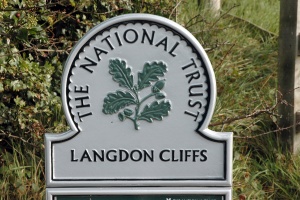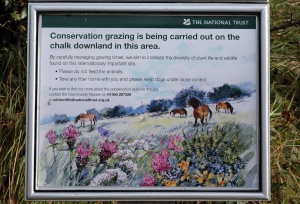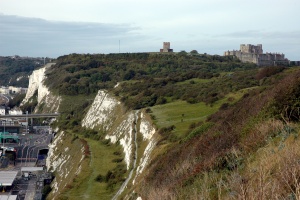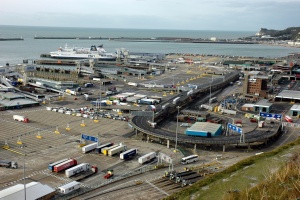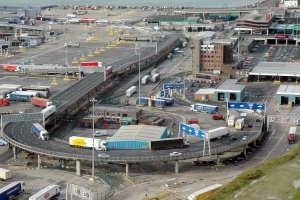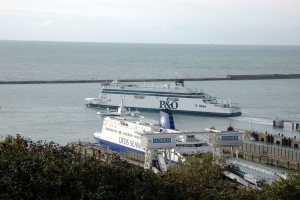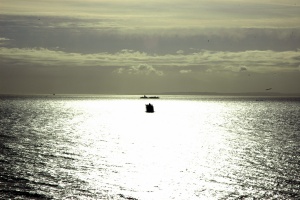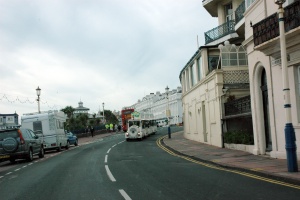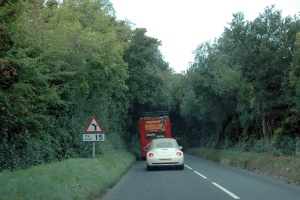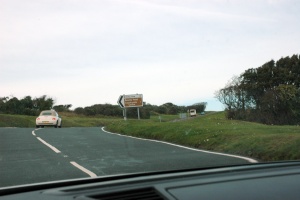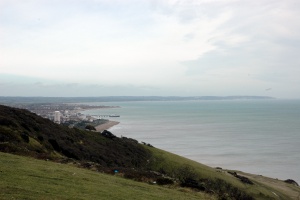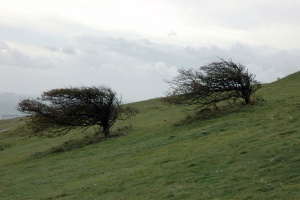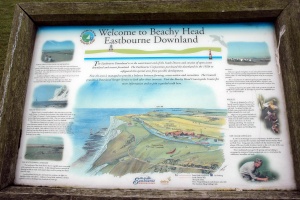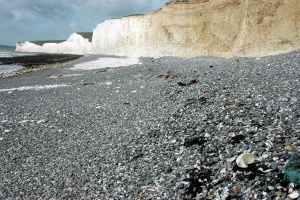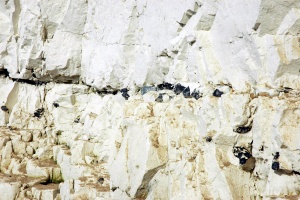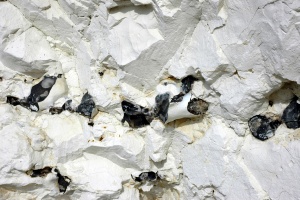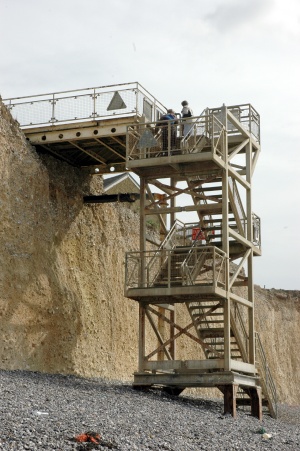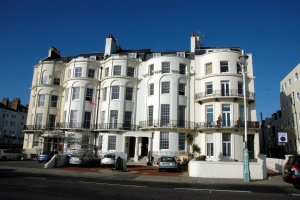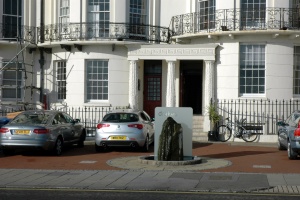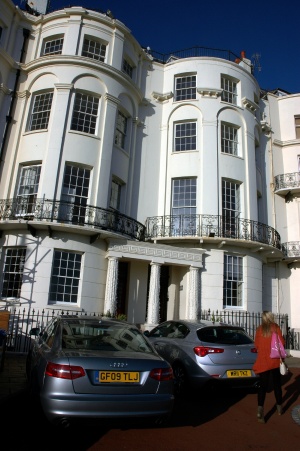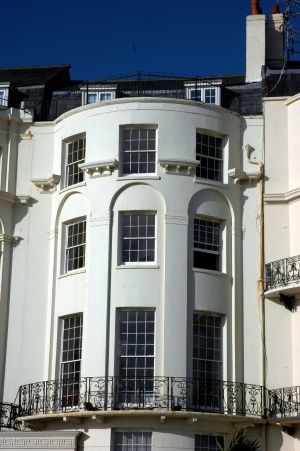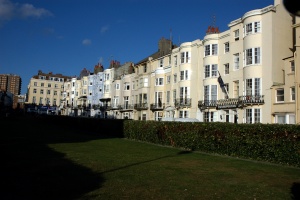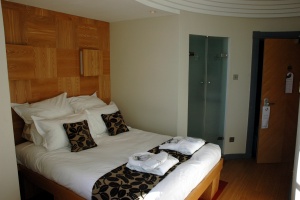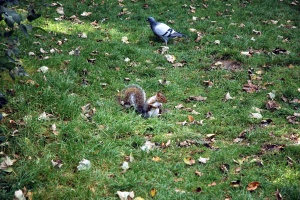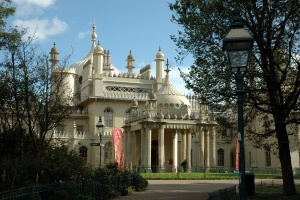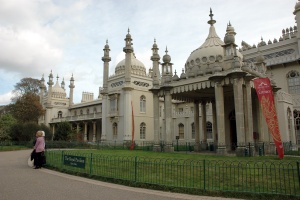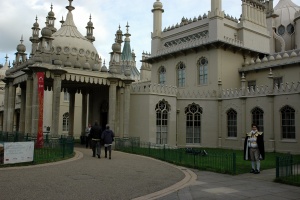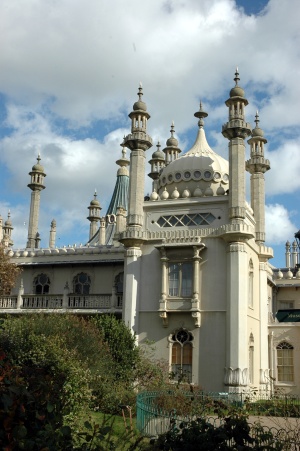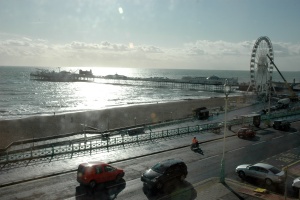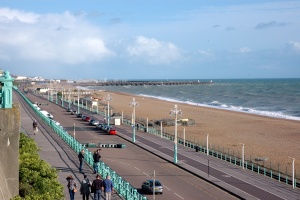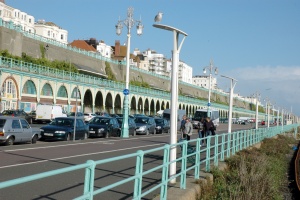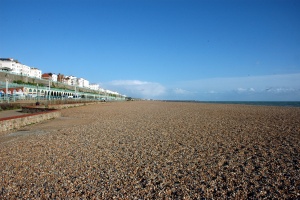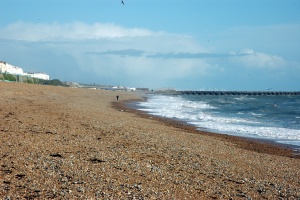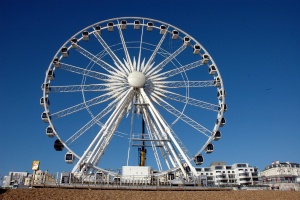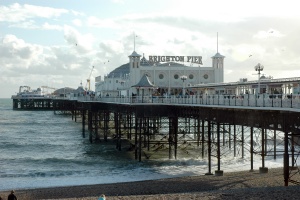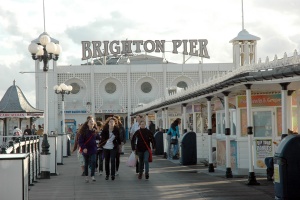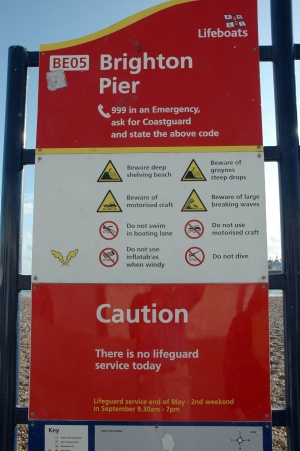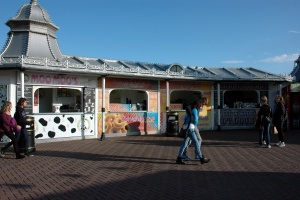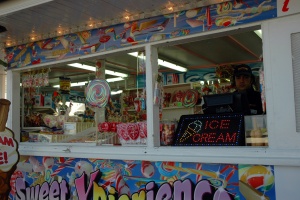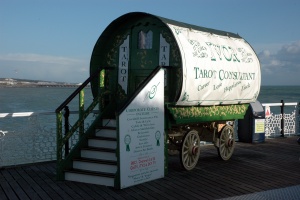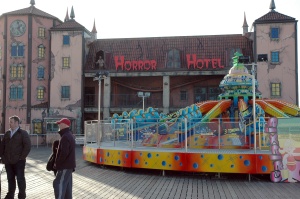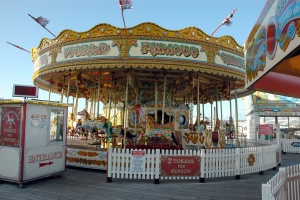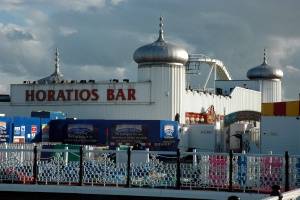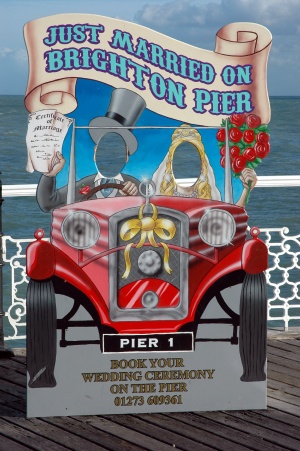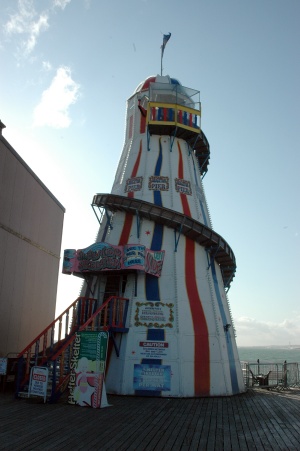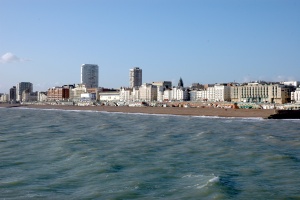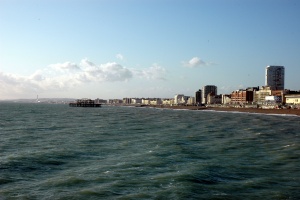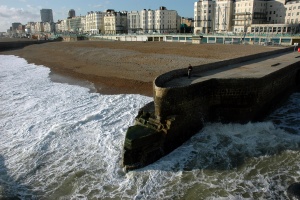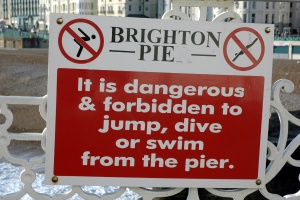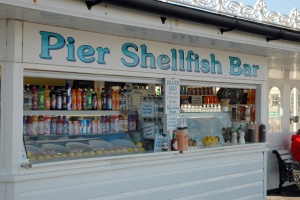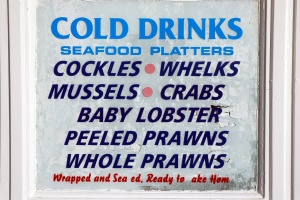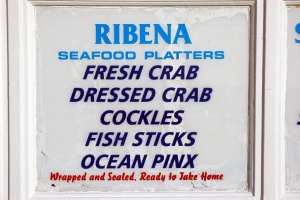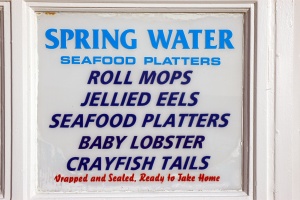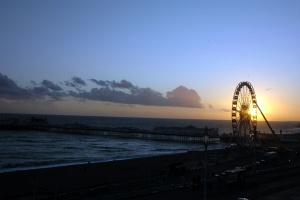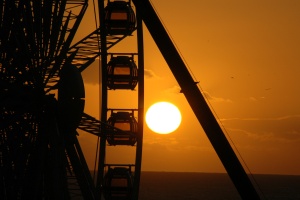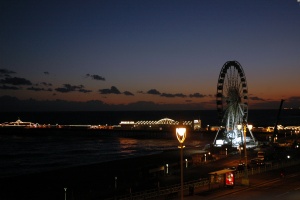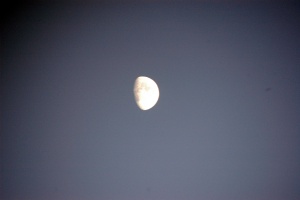Britain 2011 - Day 27IntroductionNow for the south coast - Dover to Brighton. Our first stop was the headland and cliffs above the port of Dover. Here we could look down on the busy port. We then drove along the south coast to Eastbourne, and up the steep hill behind this seaside town to Beachy Head. Here you get a panoramic view of the south coast - unless it is blowing a tremendous gale. Then we continued on to Birling Gap which takes you down to the beach and a closeup view of the chalk cliffs. From here it was a short hop along the coast to Brighton. Despite the common perception that Brighton epitomises the worst of the British seaside experience, it still retains a class above the other seaside towns we have passed through (Blackpool comes to mind.....). The attraction at Brighton was the Royal Pavillion and we spent a facscinating couple of hours wandering through this folly to the English royal excesses. We had booked into a small but classy hotel on the seafront close to the Brighton Pier. Our (hired) Alfa Romeo did not look out of place parked beside the Audi and the Mercedes. We had a delightful room, small but perfectly formed, complete with bath in the bedroom and a view over the pier. So after watching the sun go down behind the giant ferris wheel we settled into the basement dining room for a great meal. It was, after all, our last night in Britain. Dover to Beachy HeadDover is the best known part of the south-east coast of England - both the port and the chalk cliffs. We climbed up to the Langdon Cliffs above the port and watched the huge ferries come and go from France and other parts of Europe. Long lines of lorries crept off the trucks, around the loading ramps and then off to terrorise the poor British motorist on themotorway. The trucks looked like a line of ants from this perspective. Then we moved on to Eastbourne and other seaside towns, looking a bit downtrodden and in need of some new identity and a huge injection of tourist cash (which is highly unlikely). Above Eastbourne is Beachy Head, which was being swept by gale-force winds when we drove past. Birling GapBirling Gap is one of the few places where you can reach the coast along the cliffs. There are other places you can walk to, and these would have been a good option on a fine day, but the wind continued to sweep the coast. So we settled for soup for lunch here instead.
BrightonBrighton was our last stop of the trip so we decided to book into a small luxury hotel - Drakes Hotel. It was part of an Art Deco building on the seafront close to Brighton Pier. It had good reviews for the accommodation and for the restaurant. It lived up to the reviews and the restaurant was excellent. Our rented Alfa Romeo did not look out of place parked in the front.
The Royal PavilionThe Royal Pavilion sets Brighton apart from all other seaside towns. It was an expensive folly and diversion created by George IV, and later mostly sold off by Queen Victoria. But in more recent time the Pavilion has been restored, and a lot of the furniture, or good reproductions have been returned.
Brighton PierThe best known part of Brighton is the Pier. A lot of seaside towns have piers, but the two at Brighton were some of the earliest and one of them has the first examples of amusements such as the Helter-Skelter.
Back to previous day Last updated: 19/06/2017 |
||||||||||||||||||||||||||||||||||||||||||||||||||||||||||||||||||||||||||||||||||||||||||||||||||||||||||||||||||||||
